
How to identify a real emerald
A combination of visual inspection and other at-home tests can help you distinguish a genuine emerald from an imitation. For the most reliable authentication, however, it is best to consult a certified gemologist.
Color and transparency
- Deep, saturated green: Real emeralds can range from bluish-green to pure green with a vivid saturation. The most valuable stones have an intense and evenly distributed color.
- Moderate tone: The green tone should be not too dark and not too light. Very light green beryl is not classified as emerald.
- Dichroism: If you rotate a real emerald, it may appear slightly different in color when viewed from different angles (e.g., blue-green and yellow-green). This is a property known as dichroism.
Clarity and inclusions
- Natural flaws: Most natural emeralds have internal flaws or imperfections known as “jardin” (French for garden), which can look like mossy or cloudy patterns. An emerald that is too “clean” or flawless is more likely to be synthetic or fake.
- Types of inclusions: When viewed under a jeweler’s loupe or microscope, you might see natural inclusions like “three-phase inclusions” (containing gas, liquid, and mineral) or “fingerprints” (liquid-filled bubbles).
- Beware of bubbles: If you see a cluster of perfectly round bubbles, the stone is likely glass. Synthetic emeralds may also contain some bubbles, but they will be more varied in shape.
Shine and sparkle
- Subtle glow: Unlike a diamond, a real emerald does not produce intense, fiery flashes of rainbow-colored light. If the stone sparkles excessively, it is likely a fake.
- Vitreous luster: A genuine emerald has a vitreous, or glass-like, luster that creates a softer glow than a fake.
Hardness and durability
- Scratch test (use caution): Emeralds are relatively hard, scoring 7.5 to 8 on the Mohs scale, which means they can scratch glass. However, natural emeralds also have inclusions that can make them brittle, so performing a scratch test on a faceted stone is not recommended as it could cause damage.
- Look for worn facets: A real emerald is durable enough to resist wear and tear. If a stone has worn or rounded facet edges, it could be a softer imitation.
Other signs
- Cool to the touch: Real gemstones are typically cooler to the touch than glass or plastic and take longer to warm up in your hand.
- Look for layers: Doublets and triplets are composite stones that mimic emeralds by layering a thin slice of a genuine stone or a colored film over other materials. You can sometimes spot a layered construction by examining the girdle or edge with a loupe.
The different types of “real” emeralds
When purchasing an emerald, it is important to distinguish between the natural, lab-created, and treated varieties.
- Natural: Formed in the earth over millions of years, these are the most valuable and rare. They contain unique inclusions that act as a geological fingerprint.
- Lab-created (synthetic): Cultivated in a laboratory, these have the same chemical and physical composition as natural emeralds but are grown in a controlled environment. They are more affordable and often have fewer inclusions.
- Treated: Many natural emeralds undergo treatment, most commonly with oil, to fill and minimize the appearance of surface-reaching fissures. This is a standard and accepted practice but should always be disclosed by the seller

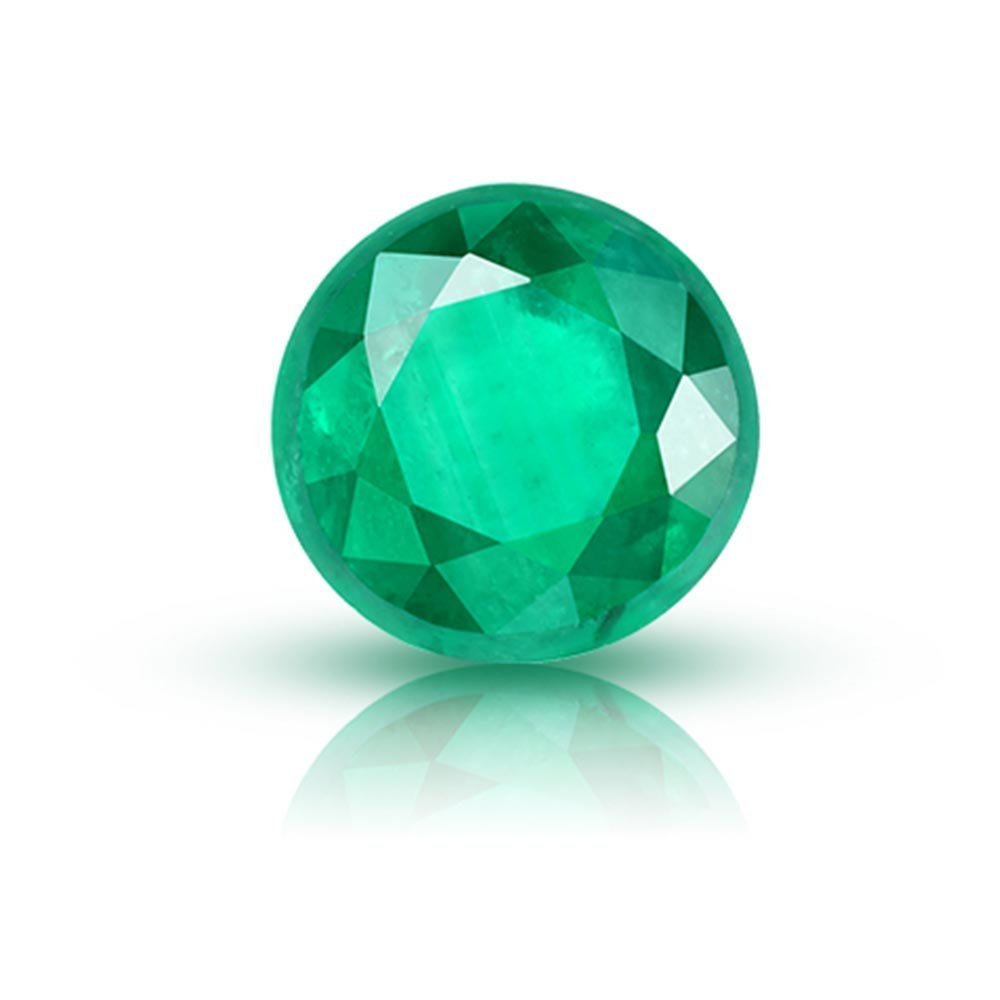

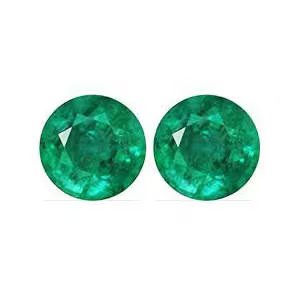
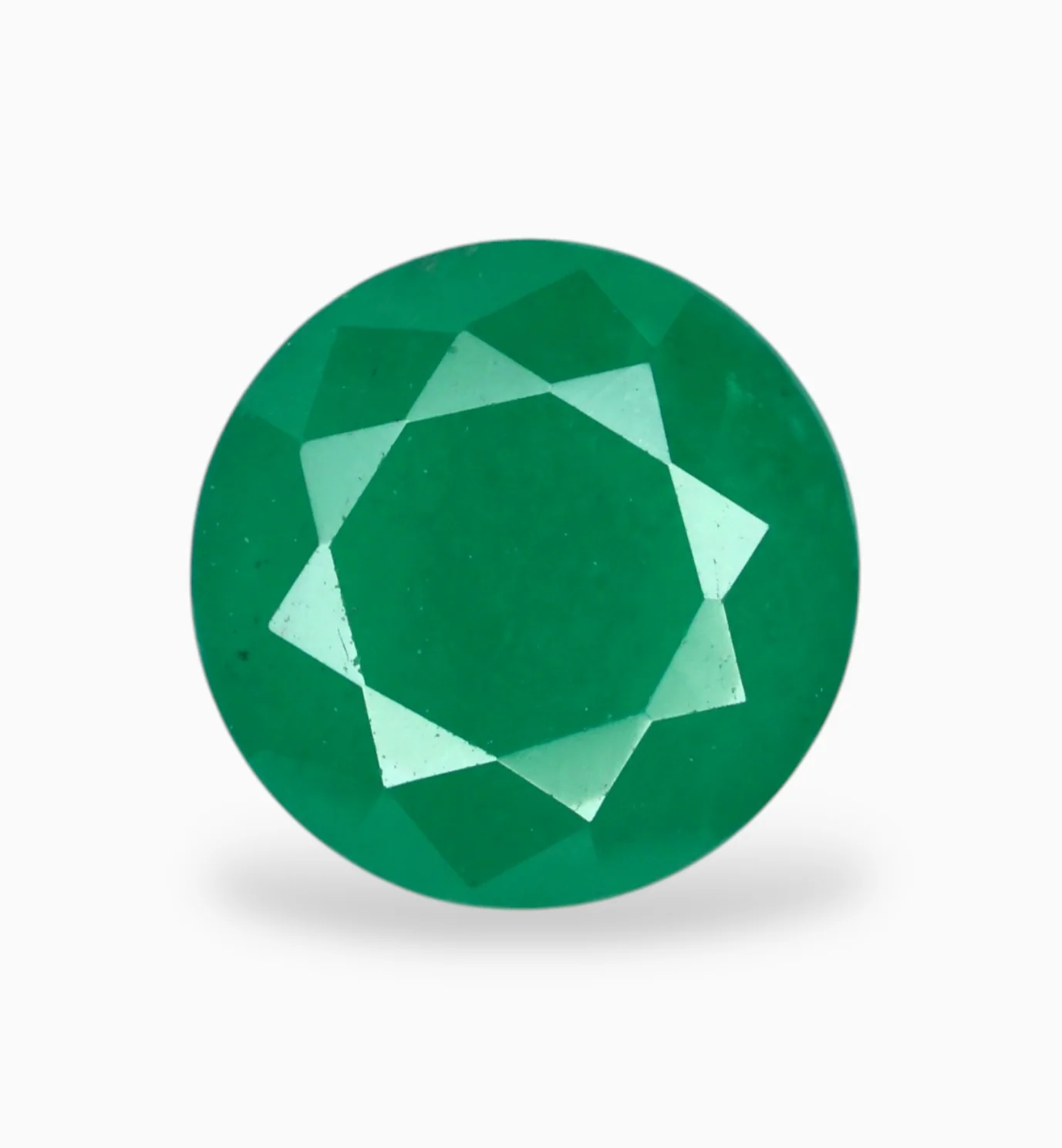

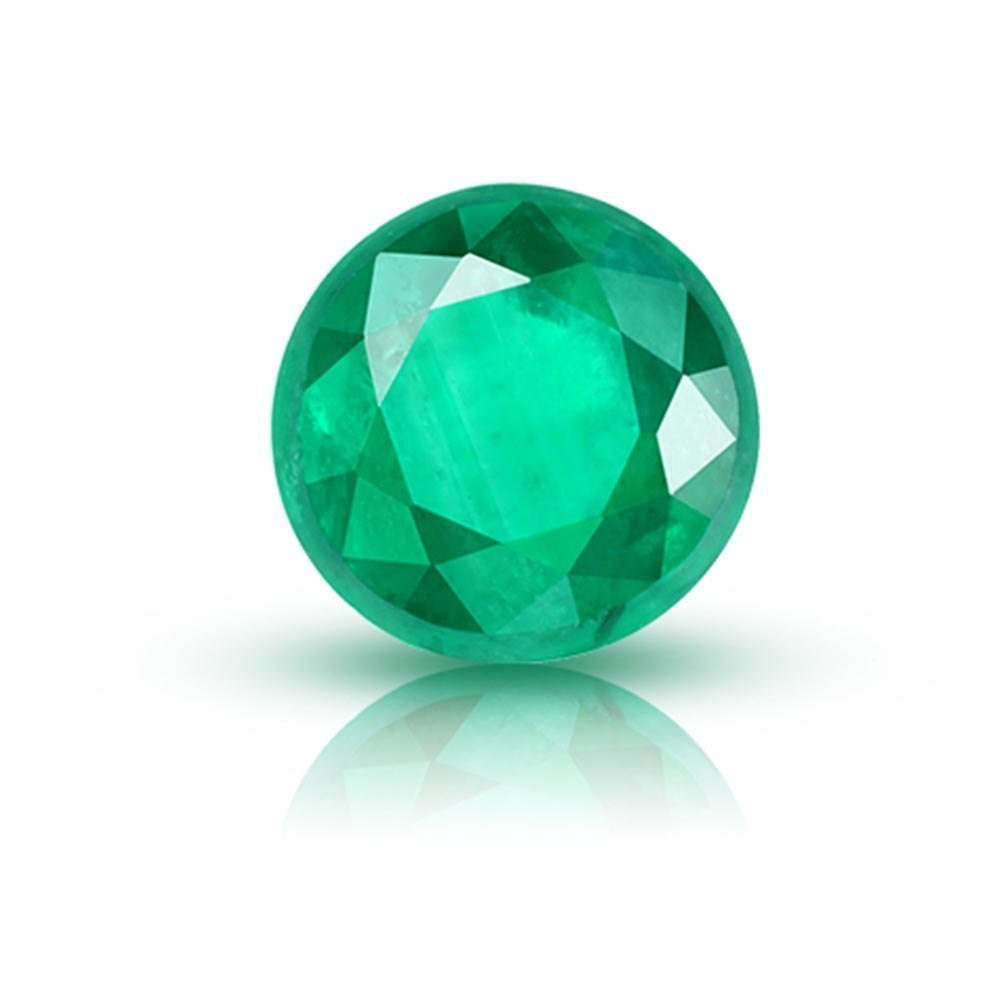
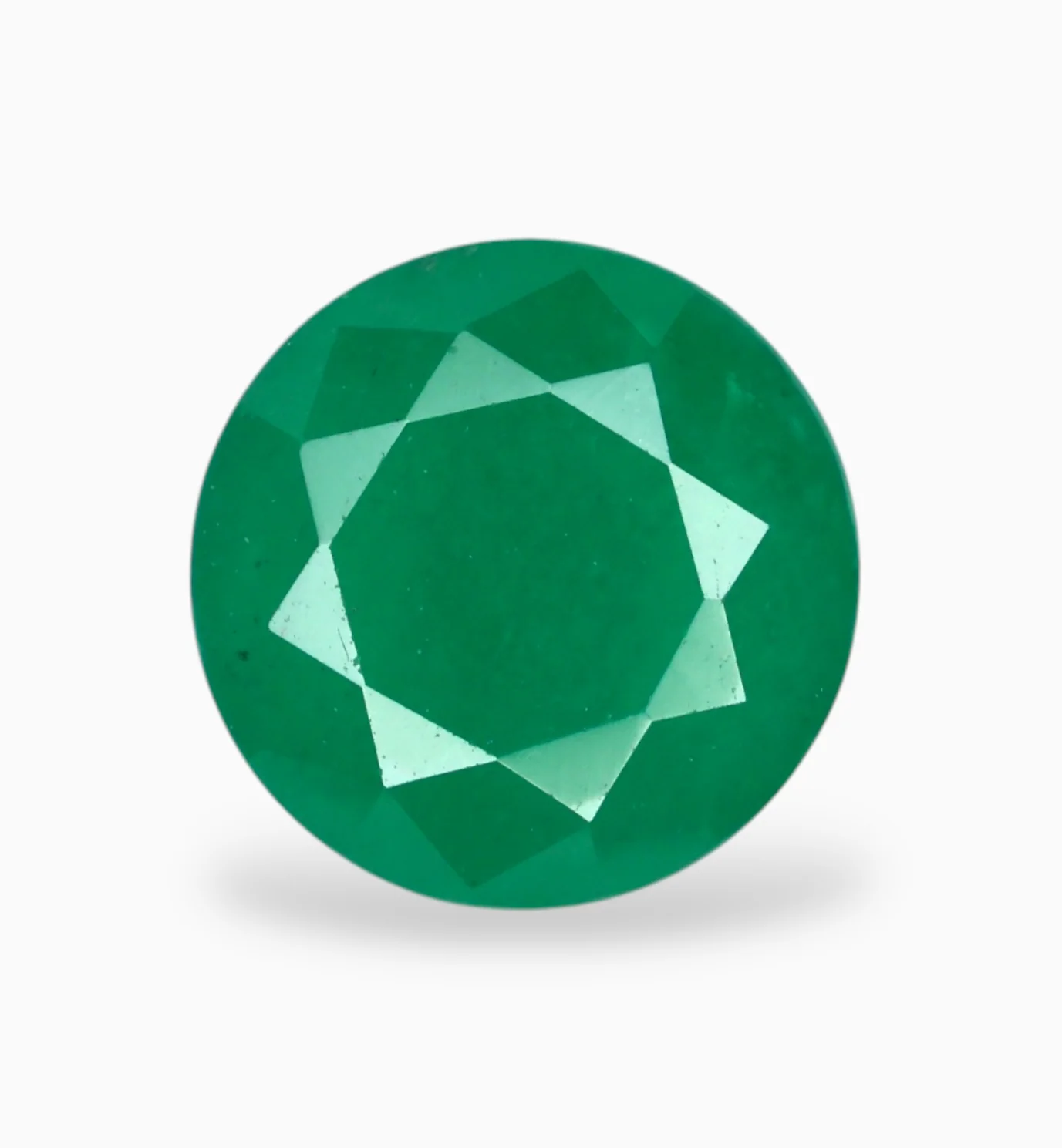



Reviews
There are no reviews yet.